Hope for Australia's Most Endangered Bird: The Orange-bellied Parrot
With a wild population of less than 30, the Orange-bellied Parrot is Australia's most endangered bird. I first learned about these beautiful parrots in university, where they were the focus of an assignment on using population modelling software to help plan effective conservation efforts. It was quite heart wrenching because of the dire circumstances this species is in, summed up perfectly by one article as 'on a wing and a prayer'. Since then I've been following their progress closely, as every small event which unfolds for this species could make or break its long term survival.
The Orange-bellied Parrot is only very small, about 20cm long. It spends the summer in its breeding grounds in south western Tasmania, then migrates all the way across Bass Strait to the mainland where it spends the winter some of the few remaining feeding grounds in southern Victoria and South Australia.
Bird lovers first became concerned about them all the way back in the 1970's, and conservation and monitoring efforts have been going on for decades. Now in 2017 there are less than 30 birds left in the wild. How have we come to this?
Over the last century the Orange-bellied Parrot has been under assault by all the usual culprits- particularly extensive habitat destruction and degradation as much of it's former habitat has been built over or used for agriculture, and the remaining habitat is generally of poorer quality as ecosystems have been damaged, fire regimes have changed, and noxious weeds have spread.
In the past, a lot of birds were captured for the pet trade and this is thought to have further damaged population numbers. Competition with other species, and predation by both native and introduced animals like cats is also a major issue for these parrots, which tend to feed on or close to the ground.
On top of all that, the tiny parrot has to fly back and forth between Tasmania and mainland Australia, a tough migration by any standard with inevitable losses. Current population surveys show that only about 65% of birds survive the migration. It's believed that in the past, migration success was higher. Birds are likely to be suffering boat related mortality while crossing Bass Strait, whether through collision or other ill-effects from equipment such as lights. They may also be impacted by changing weather patterns. This is one area in which more research is still needed.
With all those factors, it's easy to understand how population numbers fell drastically over the last century or so. In the early 1900's, you could still see hundreds of birds at their feeding ground each year, but between then and the 1960's the birds became rarer, being observed at less of their historical feeding and breeding sites and in fewer numbers. By the late 1970's, when surveying and monitoring of the birds started, there were thought to be only about 200 left.
Having been at a very low number for so many decades now means the Orange-bellied Parrot is now also under serious pressure from inbreeding and low genetic variation.
The population has been at 50 or less birds since 2010, despite various conservation efforts. One of these is the captive breeding program, which was started back in the 1980's. This breeding program continues to be crucial to ongoing conservation efforts, and provides insurance against losing the species completely. There are several hundred captive bred birds, though they were originally bred from just six birds caught in the wild in the 1980's, in recent years there have been further measures taken to exchange genetic stock between the captive and wild populations and they are being treated genetically as a 'meta population'.
Over the past few years, conservation efforts have been ramped up with scientists and volunteers working to monitor the birds, improve habitats, provide supplementary feeding, reduce competition with other species and provide additional nesting boxes. Birds from the captive population have also been regularly released to help bolster numbers and reduce inbreeding, but unfortunately this hasn't helped as much as had been hoped because captive bred birds have lower breeding rates and migration success rates in the wild.
Despite the dismal outlook, the last few years have seen the tiny population of under 50 birds maintain relatively stable numbers. Then, early this year, the heart breaking news came from scientists at the Tasmanian breeding site that only three females and 13 males had survived the migration. I shed a few tears when I read those numbers, and can only imagine how the conservation team who reported them must have felt.
Three females. At this kind of point, a lot of people might say it's time to throw in the towel, we did our best and it didn't work out, there's no more hope left. But not the Orange-bellied parrot conservationists. Not this time, and not in Australia where we love our wildlife so much!
A group of determined researchers from ANU immediately set up a crowd funding campaign to raise $60,000 to launch Operation OBP, an emergency conservation intervention effort at the Melaleuca breeding site. Word went out on the news and social media sites, and the Australian public rallied to the parrots' aid, blowing through the $60k target to raise an amazing $140,000 that will support the conservation work not just this year, but for more years to come.
Thanks to this incredible support from the public, the conservation team was able to work through the summer breeding season, taking measures to save the species that can only be described as intensive and extreme. They sought to increase the number of wild parrot nestlings as much as possible, by any means necessary.
Field incubators and brooders were brought in to save troubled eggs and hatchlings. A group of captive bred females from the breeding program were released into the area so more of the male parrots would have the chance to breed. They watched over each nesting attempt like hawks, keeping watch for predators and tracking the progress to eggs and hatchlings with a view to hand-feeding chicks or using the incubators and brooders if needed. They also successfully completed an ambitious cross-fostering trial which saw eggs and nestlings from the captive breeding program placed into the nests of wild parrots to be raised. The final result was the successful raising of 20 Orange-bellied Parrots, making it a breeding season at least as successful as most recent years in spite of the dismal numbers at the start.
And so the Orange-bellied Parrot has survived another near brush with extinction in the wild this year, but how does it look for the future? The captive breeding program should be able to sustain the captive population into the future, provided intensive genetic management is ongoing and no major disasters occur. But should the wild population go extinct, the chances of reintroducing the species are currently fairly poor, with a previous attempt to establish a second population of wild birds having failed because of captive bred birds lower breeding rate in the wild, and lower migration success rate, which is particularly dismal in the face of no wild bred birds to lead the way.
So how much hope is there for the Orange-bellied Parrot to survive in the wild? "A wing and a prayer" sums it up beautifully, but with the continued public support and ongoing extreme intervention measures such as we saw this year, there is real hope for the future. Operation OBP saw the number of chicks raised in the season vastly increased over what it could have been had they not taken those extreme measures. If these are continued in coming years, there's every reason to expect parrot numbers to increase. With this, and continued management and research in the decades to come, we may just be able to keep these little guys around. I sure hope so!
If you'd like to help the Orange-bellied Parrot survive, please keep an eye out for them on the news and social media. Operation OBP isn't calling for more funding at the moment, but they can be expected to eventually need more help. You can visit their crowd funding page here to check on them and read their updates. There is a save the Orange-bellied Parrot facebook page where you can see all the latest updates too, they've shared a lot of good information there including lots of great photos and videos of the birds, breeding program, and field work. If you really want to get hands on, you can even volunteer to help survey them in the wild through this page at birdlife.org. If you're in Australia, and you've seen or think you might have seen an Orange-bellied Parrot, please also go to that page to report the sighting. And lastly, if you should hear of the government trying to build stuff over their habitat, or otherwise jeopardise their survival (they've done it before and they'll probably do it again) please raise your voice against it.
Thanks for taking the time to read my article, and I hope you like the Orange-bellied Parrot as much as I do!
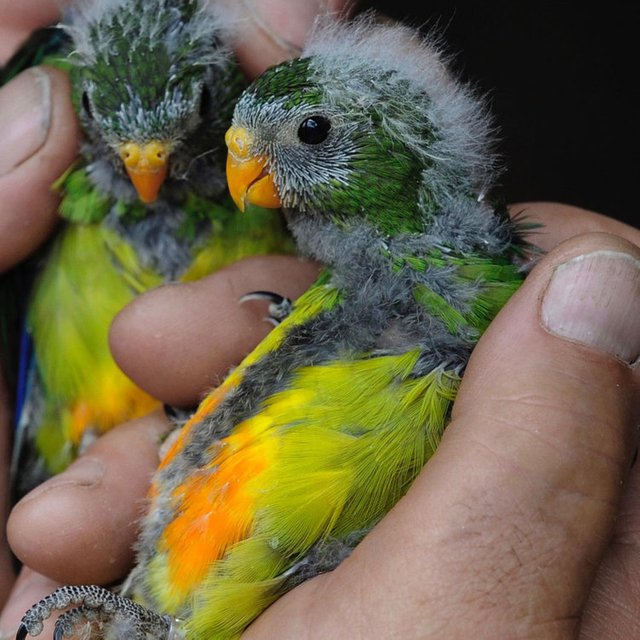
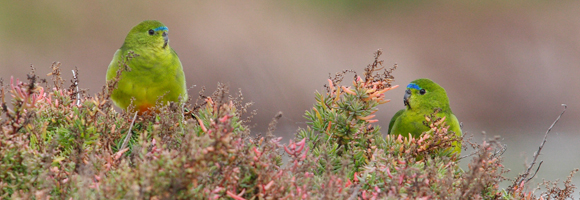


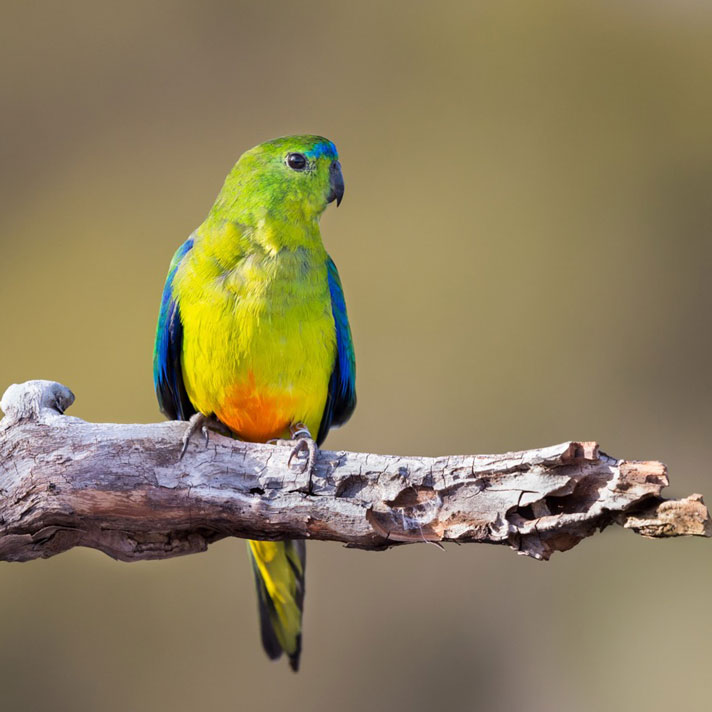
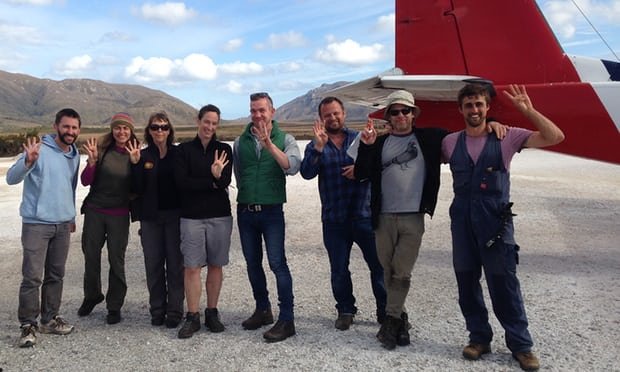
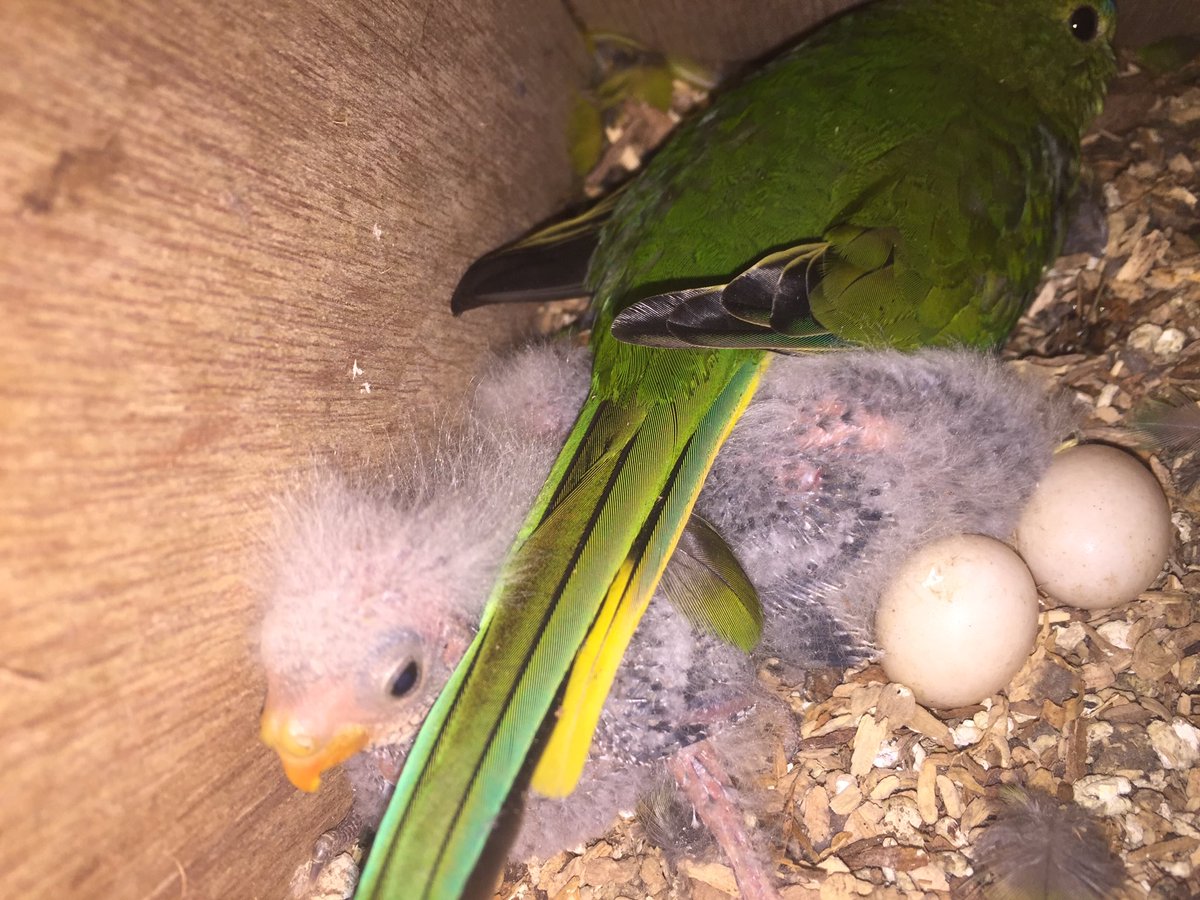
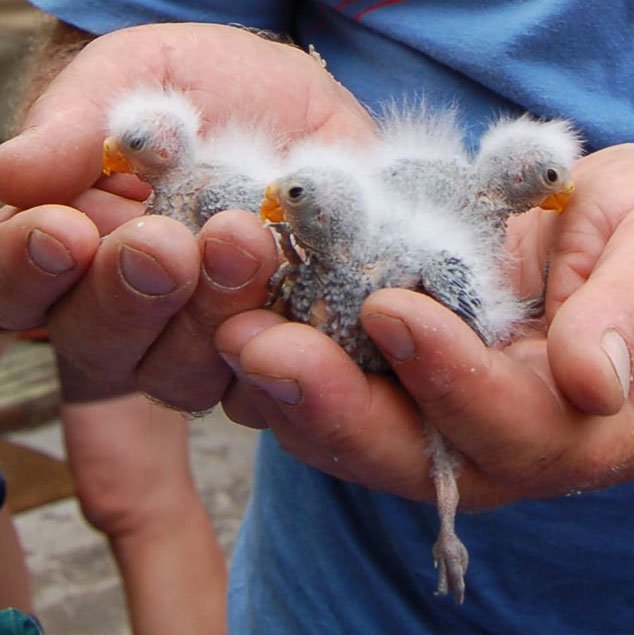
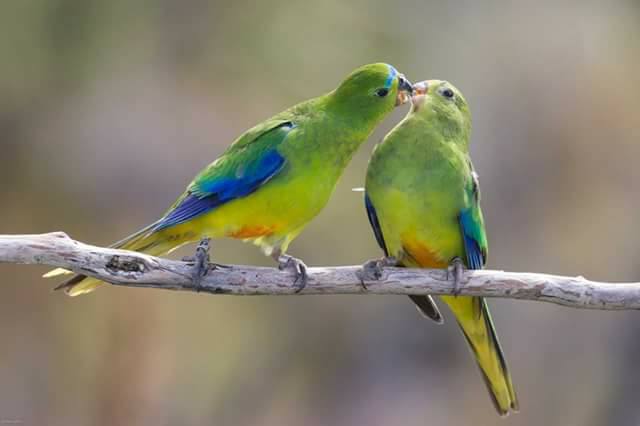
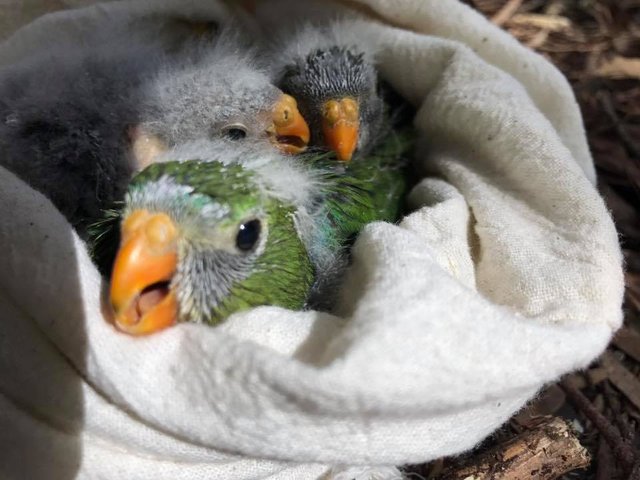
Disclaimer: I am just a bot trying to be helpful.